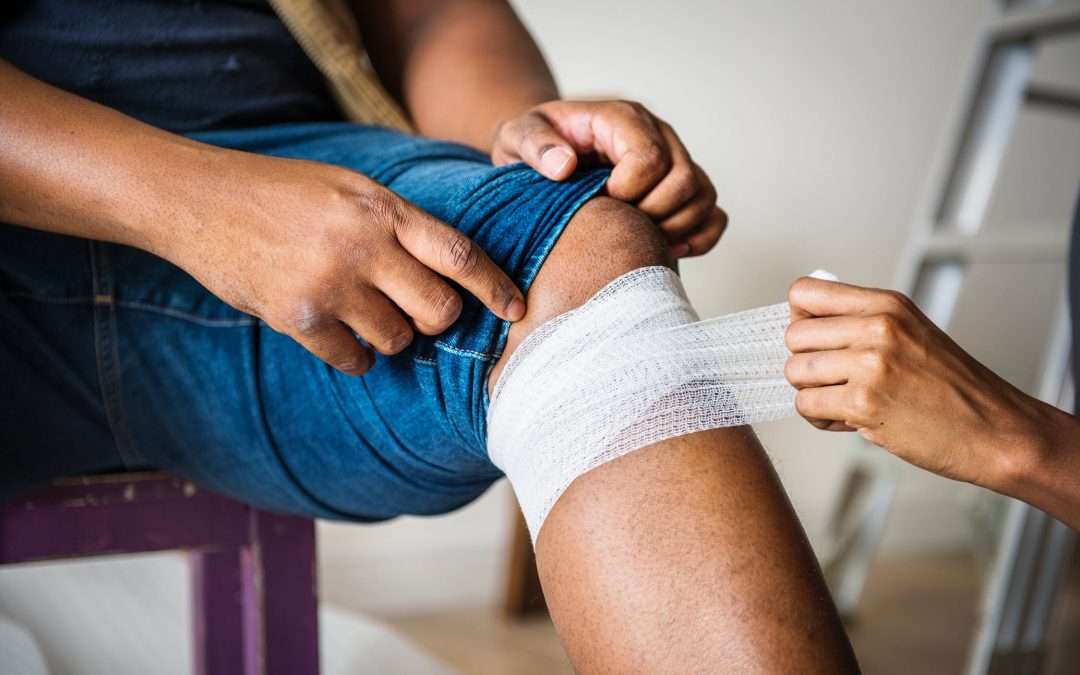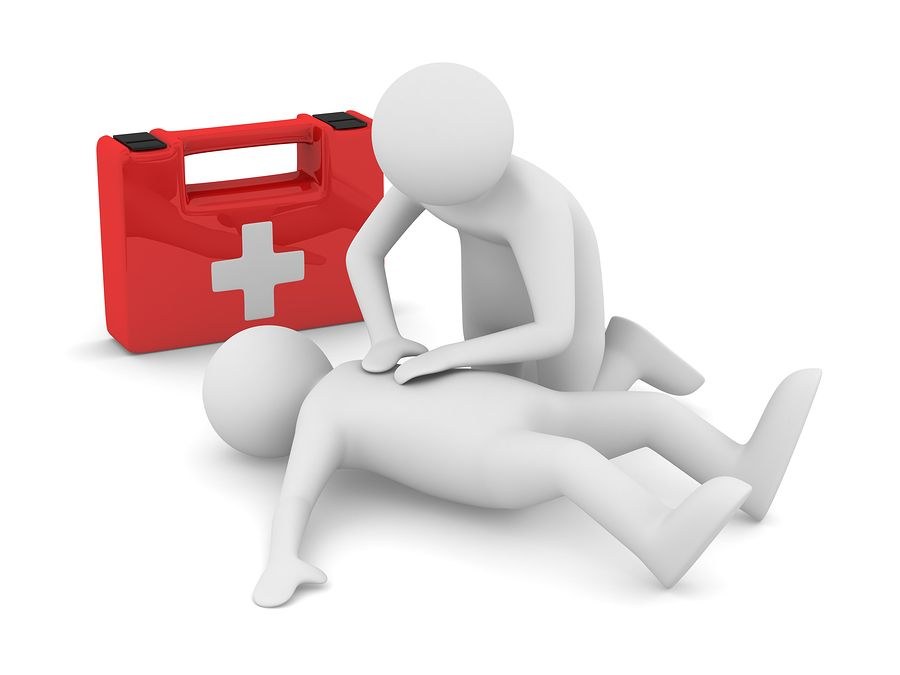Basic First Aid Everyone Should Know
First aid covers the steps taken to help a person in the first minutes of an illness or injury. These accidents can happen to anyone at any time and in any place whether at home, work or at school. First aid may ease someone’s pain or discomfort, help them recover more quickly and even save a life!
Why Learn First Aid?
Having some basic first aid knowledge is essential for our everyday lives and here are three reasons why:
1. It does more than help save lives.
While it’s true that having first aid training undoubtedly helps save lives, giving appropriate first aid immediately can help to reduce a person’s recovery time. Moreover, learning first aid can make the difference between the patient having a temporary or long term disability. Consequently, you can even learn how to remain calm in emergency situations. First aid training will make you confident and comfortable and therefore more effective and in control when you need to be.
2. It enables you to increase patient comfort.
Not all accidents, injuries or illnesses require a trip to the hospital but it doesn’t mean they don’t cause pain and suffering to the patient. For example, a child crying because of a small cut or a bruise after tripping does not need to be consulted by a doctor. Thus, by knowing how to act – even just by employing simple techniques such as applying an ice pack correctly, or utilizing appropriate bandaging, you’ll help to relieve their discomfort. Furthermore, you’ll also provide emotional support by remaining calm which will make them feel more secure and makes the pain less anxiety-inducing.
3. It creates the confidence to care.
Having a basic first aid knowledge means that you’ll be confident in your skills and abilities in relation to first aid administration. By taking first aid training, it helps you to reflect on yourself and how you and others react in certain situations. Therefore, having this understanding will boost your confidence in a wide range of non-medical day to day situations.
Learn the First Aid Method of DRSABCD
First aid is as easy as ABC – airway, breathing and CPR (cardiopulmonary resuscitation). In any situation, apply the DRSABCD Action Plan.
DRSABCD stands for:
- Danger – always check the danger to you, any bystanders and then the injured or ill person. Make sure you do not put yourself in danger when going to the assistance of another person.
- Response – is the person conscious? Do they respond when you talk to them, touch their hands or squeeze their shoulders?
- Send for help – call the emergency line according to the one available in your country. Don’t forget to answer the questions asked by the operator.
- Airway – Is the person’s airway clear? Is the person breathing?
- If the person is responding, they are conscious and their airway is clear, assess how you can help them with any injury.
- If the person is not responding and they are unconscious, you need to check their airway by opening their mouth and having a look inside. If their mouth is clear, tilt their head gently back (by lifting their chin) and check for breathing. If the mouth is not clear, place the person on their side, open their mouth and clear the contents, then tilt the head back and check for breathing.
- Breathing – first, check for breathing by looking for chest movements (up and down). Then, listen by putting your ear near to their mouth and nose. Next, feel for breathing by putting your hand on the lower part of their chest. If the person is unconscious but breathing, turn them onto their side, carefully ensuring that you keep their head, neck and spine in alignment. Lastly, monitor their breathing until you hand over to the ambulance officers.
- CPR (cardiopulmonary resuscitation) – if an adult is unconscious and not breathing, make sure they are flat on their back and then place the heel of one hand in the center of their chest and your other hand on top. Next, press down firmly and smoothly (compressing to one third of their chest depth) 30 times. Give two breaths. To get the breath in, tilt their head back gently by lifting their chin. Afterwards, pinch their nostrils closed, place your open mouth firmly over their open mouth and blow firmly into their mouth. Keep going with the 30 compressions and two breaths at the speed of approximately five repeats in two minutes until you hand over to the ambulance officers or another trained person, or until the person you are resuscitating responds.
- Defibrillator – for unconscious adults who are not breathing, apply an automated external defibrillator (AED) if one is available. They are available in many public places, clubs and organizations.
Where to learn first aid
So, if you want to learn first aid, there are plenty of courses available. Different courses run for different lengths of time, and can be run:
- publicly
- at a chosen venue, such as your place of work
- online
References
Department of Health & Human Services. (n.d.). First aid basics and DRSABCD. Better Health Channel. https://www.betterhealth.vic.gov.au/health/conditionsandtreatments/first-aid-basics-and-drsabcd#
Jenkins, A. (2017, July 18). 5 Reasons Why Basic First Aid Knowledge is Essential. Emergency First Response. https://www.emergencyfirstresponse.com/5-reasons-why-basic-first-aid-knowledge-is-essential/
Healthdirect Australia. (n.d.). First aid basics. https://www.healthdirect.gov.au/first-aid


